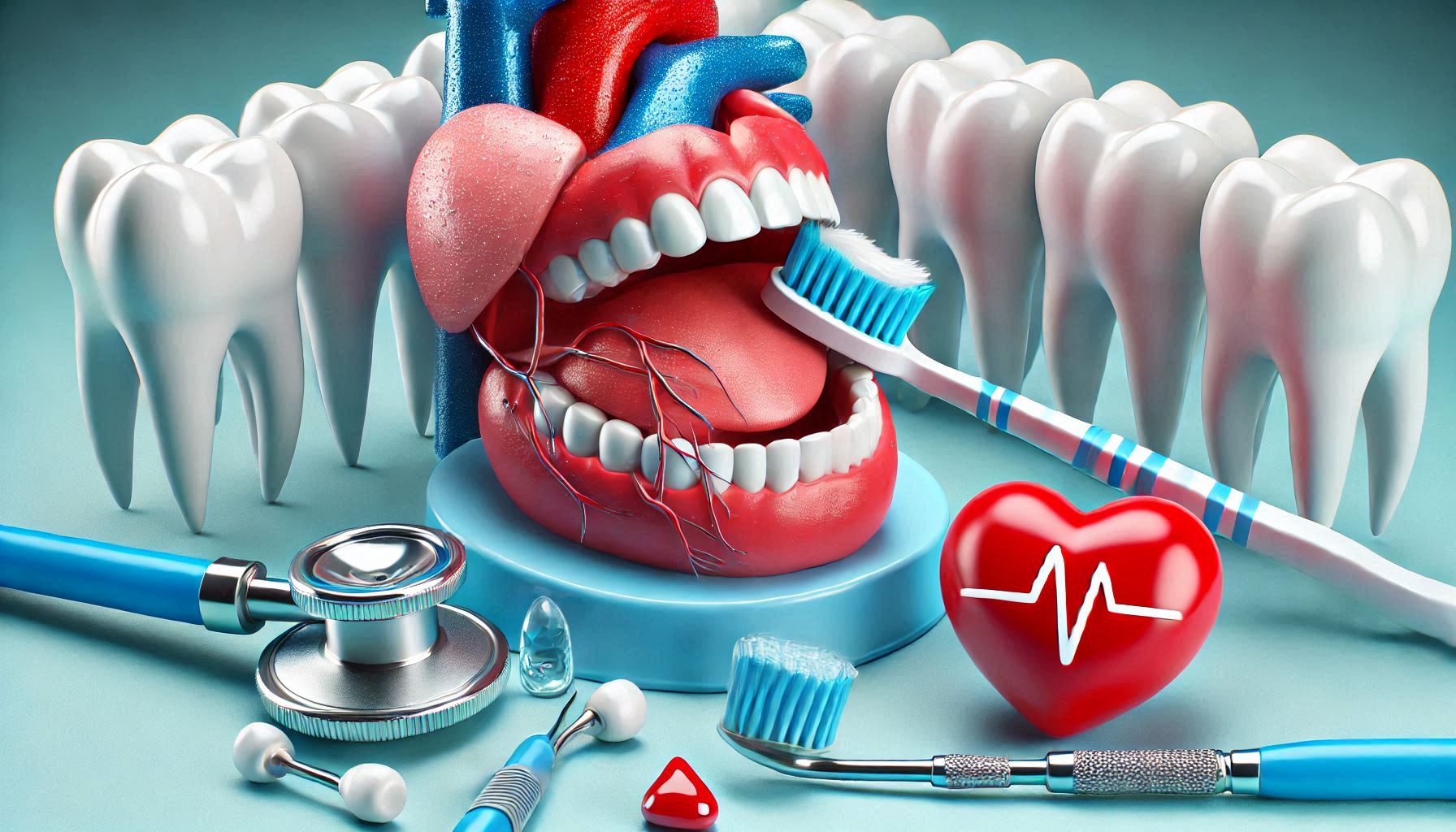A radiant, white smile is often seen as a symbol of health, confidence, and attractiveness. However, as we age, our teeth can become discolored due to various factors, including dietary choices, lifestyle habits, and natural aging processes. Fortunately, there are numerous teeth whitening options available today that can help you regain that dazzling smile. In this comprehensive guide, we will explore various methods for whitening teeth, their effectiveness, safety, costs, and long-term maintenance.
Understanding Teeth Discoloration
Before delving into whitening options, it’s essential to understand the causes of tooth discoloration. Teeth can be discolored for several reasons, categorized primarily into two types: extrinsic and intrinsic staining.
1. Extrinsic Staining
Extrinsic stains affect the outer layer of the teeth, known as the enamel. These stains are generally caused by:
- Diet: Certain foods and beverages can lead to surface stains. Coffee, tea, red wine, sodas, and dark-colored fruits can all contribute to discoloration.
- Tobacco Products: Smoking or chewing tobacco is one of the most significant contributors to tooth staining, resulting in yellowish or brownish discoloration.
- Poor Oral Hygiene: Insufficient brushing and flossing can lead to plaque buildup, which can harden into tartar and contribute to discoloration.
- Environmental Factors: Some individuals may experience staining due to environmental factors like pollution or prolonged exposure to certain minerals in water.
2. Intrinsic Staining
Intrinsic stains occur within the tooth and can be attributed to factors such as:
- Aging: As we age, the enamel naturally thins, exposing the yellowish dentin beneath.
- Medications: Certain medications, particularly tetracycline antibiotics, can cause discoloration if taken during childhood when teeth are still developing.
- Fluorosis: Overexposure to fluoride during childhood can lead to white spots or streaks on teeth, a condition known as dental fluorosis.
- Genetics: Some individuals may have a genetic predisposition to thicker or thinner enamel, influencing the likelihood of discoloration.
Understanding these causes can help tailor the whitening approach that best suits your needs.
Professional Teeth Whitening Options
Professional teeth whitening is often the most effective method for achieving a brighter smile. Below, we explore the most popular professional options available.
1. In-Office Whitening
In-office whitening, also known as chairside bleaching, is performed by a dental professional. This method is highly effective for immediate results and typically involves the following steps:
- Consultation: Your dentist will evaluate your dental health and discuss your whitening goals. They may take photographs or impressions of your teeth for comparison later.
- Preparation: A protective barrier is placed on your gums to shield them from the whitening agent. This ensures that only the teeth are treated.
- Application: A high-concentration bleaching agent, usually containing hydrogen peroxide, is applied to your teeth. Some dental offices may use additional light or laser technology to enhance the effectiveness of the whitening agent.
- Duration: The entire process typically takes about 30 to 90 minutes, depending on the treatment plan. You can expect to see significant results immediately after the session.
Pros and Cons of In-Office Whitening
- Pros:
- Quick and effective results.
- Supervised by a dental professional, minimizing the risk of complications.
- Ideal for those with significant discoloration or specific dental concerns.
- Cons:
- Higher cost (ranging from $500 to $1,000 or more).
- Some individuals may experience temporary sensitivity or discomfort post-treatment.
2. Take-Home Kits from Dentists
For patients who prefer a more gradual whitening process, dentists often provide custom take-home whitening kits. These kits typically include:
- Custom-Fitted Trays: These are made from impressions of your teeth to ensure an exact fit, allowing for even distribution of the whitening gel.
- Bleaching Gel: The gel usually contains a lower concentration of hydrogen peroxide or carbamide peroxide compared to in-office treatments.
Pros and Cons of Take-Home Kits
- Pros:
- More affordable than in-office treatments.
- Flexible use; you can whiten your teeth at your convenience.
- Results can be natural-looking, allowing for gradual improvement.
- Cons:
- Takes longer to see results, usually several days to weeks.
- Requires diligence in following the provided instructions to avoid gum irritation.
Over-the-Counter Whitening Products
If professional whitening is not feasible, a wide array of over-the-counter (OTC) products are available. These products can be effective and convenient for at-home use.
1. Whitening Toothpaste
Whitening toothpaste is one of the most accessible options available. These products typically contain:
- Mild Abrasives: Ingredients like hydrated silica help scrub away surface stains without damaging enamel.
- Chemical Agents: Some whitening toothpastes include peroxide compounds that can help whiten teeth.
Pros and Cons of Whitening Toothpaste
- Pros:
- Affordable and easy to use as part of your regular dental care routine.
- Generally safe for everyday use.
- Cons:
- Results may be subtle and take longer to notice compared to other methods.
- Not effective for deeper stains.
2. Whitening Strips
Whitening strips are thin, flexible strips coated with a whitening gel that contains peroxide. They are applied directly to the teeth and are typically worn for 30 minutes to an hour each day.
Pros and Cons of Whitening Strips
- Pros:
- More effective than whitening toothpaste, with noticeable results often seen within a few days.
- Convenient and easy to use, allowing for at-home treatment.
- Cons:
- Some users may experience tooth sensitivity.
- The gel can sometimes slip off if the strips are not applied correctly.
3. Whitening Gels and Pens
Whitening gels come in small applicators that allow for targeted application. Users apply the gel directly to their teeth, making it a convenient option for spot treatment.
Pros and Cons of Gels and Pens
- Pros:
- Great for on-the-go whitening and targeted application.
- Often provides quick results.
- Cons:
- Results can vary based on the product and application technique.
- May not cover all teeth evenly if not applied correctly.
4. Whitening Mouthwashes
Some mouthwashes are formulated with whitening agents and are designed to reduce stains while freshening breath. Look for mouthwashes that contain hydrogen peroxide.
Pros and Cons of Whitening Mouthwashes
- Pros:
- Easy to incorporate into your daily oral hygiene routine.
- Can help maintain results when used regularly.
- Cons:
- Generally less effective than other whitening methods, often resulting in gradual improvement.
- May contain alcohol, which can lead to dry mouth or irritation in some individuals.
Natural Teeth Whitening Methods
For those interested in more holistic approaches, there are several natural methods that may help lighten stains. While some of these methods lack scientific validation, they are worth exploring for their gentleness and availability.
- Baking Soda: Baking soda is a mild abrasive that can help remove surface stains. You can create a paste by mixing baking soda with water and using it as a toothpaste. Some commercial whitening toothpastes contain baking soda for its stain-removing properties.
- Hydrogen Peroxide: Diluted hydrogen peroxide can be used as a mouth rinse or mixed with baking soda to create a whitening paste. It’s essential to use a safe concentration and not to overuse it, as it can irritate gums and teeth if used excessively.
- Activated Charcoal: Activated charcoal is known for its absorbent properties. It can be found in toothpaste or as a powder. While some users report success in whitening, scientific evidence is limited, and excessive use can be abrasive, potentially damaging enamel.
- Fruits and Vegetables: Certain crunchy fruits and vegetables, such as apples and carrots, can help remove plaque through their fibrous texture. Strawberries, due to their malic acid content, are often touted for their potential whitening effects. However, they should be used cautiously to avoid damage to the enamel due to their acidity.
Maintenance of Whitening Results
Achieving a whiter smile is just the beginning; maintaining that brightness requires ongoing commitment and care. Here are some essential tips for preserving your whitening results:
- Good Oral Hygiene: Regular oral hygiene is the foundation for maintaining a bright smile. Brush your teeth twice a day with fluoride toothpaste and floss daily. Consider using a whitening toothpaste to help keep stains at bay.
- Avoid Staining Foods and Beverages: Limit consumption of foods and drinks known to cause staining, such as coffee, tea, red wine, berries, and dark sauces. If you do indulge, rinsing your mouth with water afterward can help reduce stain potential.
- Regular Dental Visits: Routine dental check-ups and cleanings are essential for maintaining oral health and keeping your smile looking its best. Your dentist can help identify potential issues before they become significant problems and offer additional whitening options if needed.
- Use a Straw: When consuming stain-causing beverages, using a straw can help minimize contact with your teeth, reducing the likelihood of stains.
Safety Considerations
While many teeth whitening options are safe when used correctly, it’s important to be aware of potential risks and side effects:
- Tooth Sensitivity: Some individuals may experience temporary sensitivity during or after whitening treatments. If this occurs, consider using a toothpaste designed for sensitive teeth and consult your dentist if sensitivity persists.
- Gum Irritation: Ensure that whitening products do not come into prolonged contact with your gums to avoid irritation. Follow the application instructions carefully.
- Overuse Risks: Excessive use of whitening products can lead to enamel damage or uneven coloration. Always adhere to recommended usage guidelines and consult your dentist if you have concerns.
Choosing the Right Whitening Option
Selecting the best whitening method depends on several factors, including your dental health, budget, and personal preferences. Here are some considerations to help guide your decision:
- Severity of Staining: For deep stains or significant discoloration, professional in-office whitening may be the best option. For minor surface stains, OTC products like whitening toothpaste or strips may suffice.
- Budget: Professional treatments can be costly, so consider your budget when deciding. OTC products offer a more affordable option, though results may vary.
- Time Commitment: If you need quick results for an upcoming event, in-office whitening is the fastest option. If you have time to spare, take-home kits or OTC products can provide gradual improvement.
- Sensitivity Concerns: If you have sensitive teeth, consult your dentist to find the best whitening method that minimizes discomfort.
Conclusion
Achieving a dazzling white smile is more attainable than ever, thanks to the variety of whitening options available. Whether you choose professional treatments, OTC products, or natural remedies, the key is to find a method that fits your lifestyle and dental health needs. Always consult your dentist before starting any whitening regimen to ensure the best results and avoid potential complications.
SOURCES
BLVD Dentistry – Whitening Wonders: Exploring the Latest Trends in Teeth Whitening
Keswick Dental Centre – Whitening Wonders: The Best Tips for Dazzling White Teeth!
Village Dental Care – Teeth Whitening Wonders: Unveiling the Secrets of a Dazzling Smile
Pearl Dentistry – Whitening Wonders: A New Year’s Guide to Achieving A Dazzling Smile
Smile For Life – Teeth Whitening Options for a Dazzling, Confident Smile
HISTORY
Current Version
October 15, 2024
Written By:
SUMMIYAH MAHMOOD




